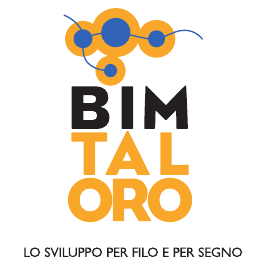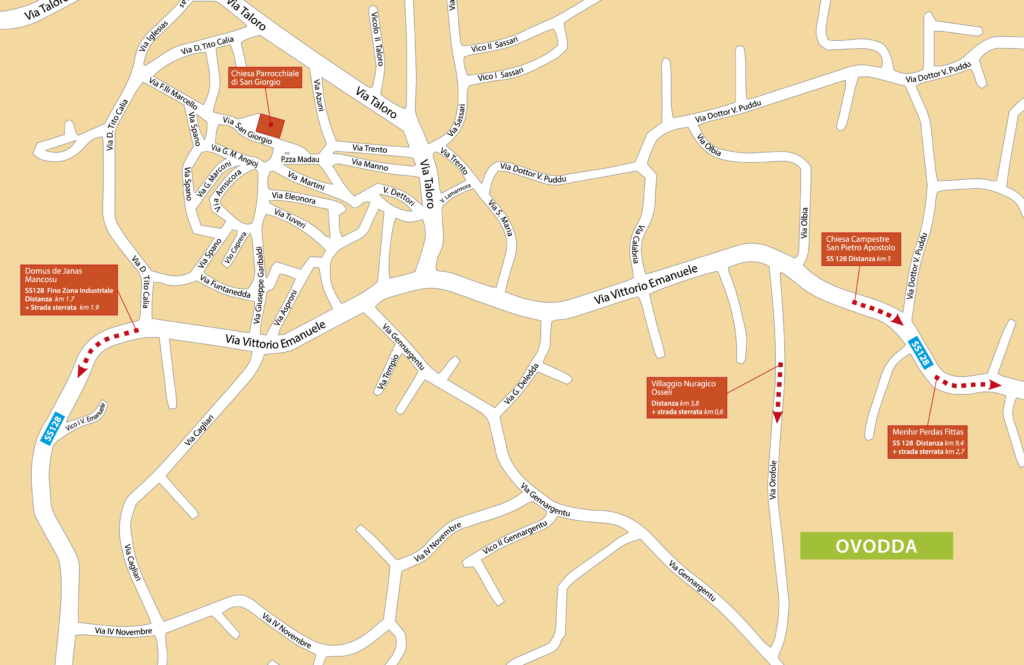Archaeological area of Osseli
Within an area with several archaeological features stands the Osseli nuraghe, of the simple type and located in a dominant position, monitoring the surrounding territory.
The Nuragic tower has a slightly elliptical plan, with a residual height above ground of approximately 6 m at its highest point and a wall consisting of medium-sized granite ashlars arranged in polygonal work. A relatively large amount of rubble occupies and obliterates the northern and eastern portions of the monument.
The nuraghe rests on a rather uniform granite rocky bank. The entrance to the monument is trapezoidal in shape and is partially buried and cluttered with collapsed material. The entrance is marked by a lintel of considerable size (about 2.5 m long and over 1 m deep), made from a single block of granite that rests on large ashlars acting as jambs.
The internal plan cannot be determined with certainty due to the presence of ruins, but along the southern and western portions of the monument, a stairwell can still be made out.
A settlement covering an area of approximately 1.5 hectares extends around the nuraghe, consisting mainly of circular structures (some of which have been illegally excavated), made of small granite blocks and in some cases partially covered by a layer of rubble of varying thickness.
The area was used until sub-contemporary times. The nuraghe and the surrounding settlement were cleaned in 2020 in collaboration with the ABAP Superintendency of Sassari and Nuoro.
In the absence of scientific investigations in the area that could provide more precise data, the nuraghe and the settlement can be dated between the Late Middle Bronze Age and the Recent Bronze Age (c. 1450-1150 BC).
Among the many hypotheses put forward over the years about the function performed by these imposing structures, the one now most commonly accepted by scholars is that the nuraghe should not be considered in isolation; according to the studies of archaeologist Alessandro Usai in Il Tempo dei Nuraghi, ‘The minimum organisational unit must have been the grouping, or rather the system of nuraghi, to which a human community articulated in various nuclei must have corresponded. A prodigious colonisation of plains, hills, plateaus and mountains was carried out by the Nuragic peoples; the expansion and intensification of the population was accompanied by deforestation and the development of an efficient integrated economic system of agriculture, animal husbandry, hunting, gathering, handicrafts and trade. Therefore, each of the nuraghe bears witness to a single project aimed at wresting a potential resource from nature and making it effectively productive.”
Text by Laura Melis with the contribution of Elisa Soru
 BIM TALORO
BIM TALORO 